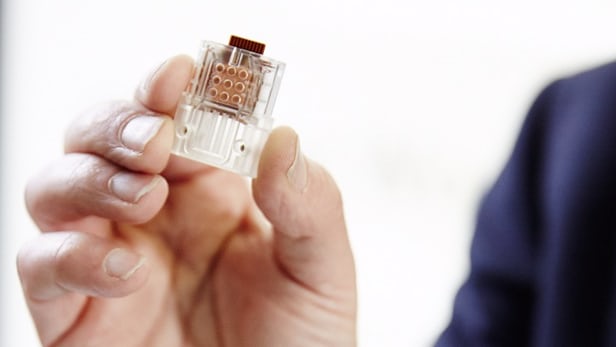
While there is still no cure for HIV, it is no longer the death knell it once was thanks to modern medicine. And now, scientists in the UK have developed a new type of portable HIV test that has the potential to improve millions more lives.
Antiretroviral therapy (ART) keeps HIV under control by suppressing its growth and keeping the level of HIV (i.e. a patient's viral load) low. This helps prevent the disease from being passed on – for example, from an infected pregnant woman to her baby – and enables patients to lead a normal and healthy life as long as they have access to good healthcare and treatment. Indeed, thanks to ART, many HIV carriers now have a normal life expectancy.
That being said, once treatment starts, patients have to take the ART drugs every day for the rest of their lives. Failure to do so could very well lead to drug resistance and treatment failure. Furthermore, monitoring viral load is also important as it enables doctors and patients to see if the treatment is working properly. However, current testing techniques are costly and slow. This is where the new technology, which was developed by scientists at Imperial College London and DNA Electronics, comes in.
"We have taken the job done by this equipment, which is the size of a large photocopier, and shrunk it down to a USB chip," said Dr. Graham Cooke of the Department of Medicine at Imperial College.
The new technology also keeps things simple. Instead of requiring a blood sample from the patient, which is then sent to a lab for testing, all that is needed is a single drop of blood. The chip then uses it to create an electrical signal that can then be read by a computer, laptop or handheld device. Patients can get the results in less than 30 minutes rather than days, as is the current standard. A recent study conducted among 991 subjects produced results with 95 percent accuracy. The average time for a result was approximately 20 minutes.
While the technology is still in its early stages, it is a potential game changer: for a start, patients could use it to monitor their own viral levels in the same way that those with diabetes keep track of their blood sugar levels. More importantly, it has the power to make a difference in the lives of those living in sub-Saharan Africa, where there are an estimated 39 million HIV carriers, most of whom live in areas with limited access to healthcare facilities. According to the report, the method has the potential to work without the need for a desktop platform.
At present, the team is also exploring the technology's potential to test for other viruses such as hepatitis.
"This is a great example of how this new analysis technology has the potential to transform how patients with HIV are treated by providing a fast, accurate and portable solution," said Professor Chris Toumazou, founder of DNAe and Regius Professor at Imperial College. "At DNAe we are already applying this highly adaptable technology to address significant global threats to health, where treatment is time-critical and needs to be right first time."

 Previous page
Previous page Back to top
Back to top







